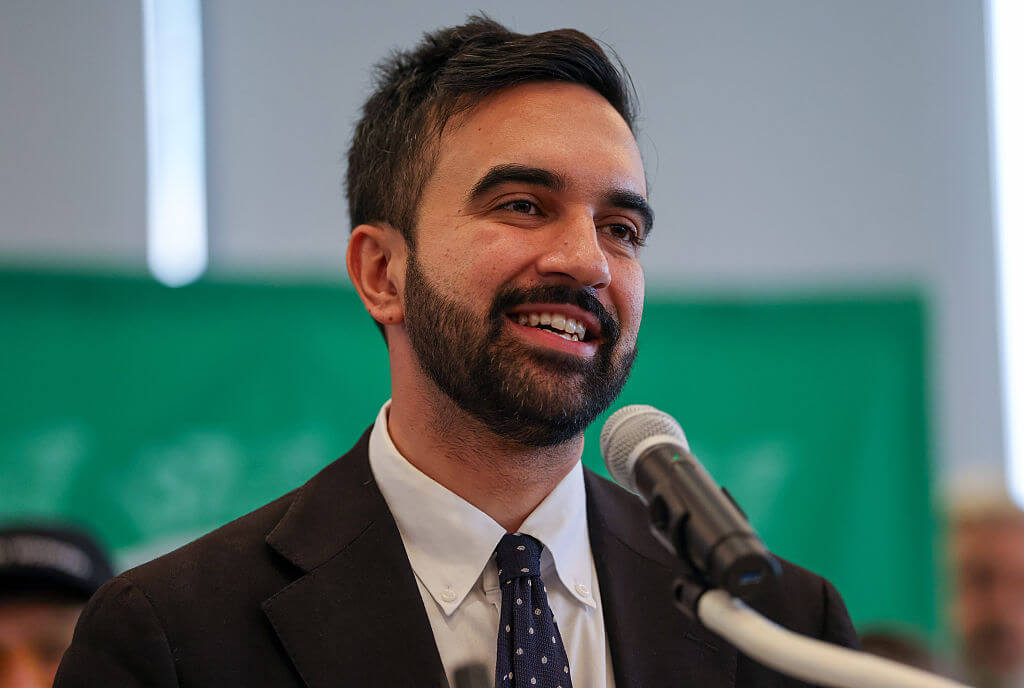The True Meaning of ‘Blood Libel’
Amid the fierce and often partisan debate sparked by Sarah Palin’s use of the words “blood libel,” one thing is clear: The phrase has become increasingly detached from its historical context. For centuries, the phrase “the blood libel” — with the definite article — has been used to signify a unique false accusation against a specific group: the spurious and heinous charge that Jews kill Christian children to use their blood to make matzo for Passover. But now, as Alan Dershowitz, never one to shy away from a dispute, noted in defending Palin’s remark, the term “has taken on a broad metaphorical meaning in public discourse.”
His assessment may be correct, but that in itself is regrettable. In applying the phrase loosely, we discount and trivialize the long history — close to a millennium — of the blood libel as a staple of anti-Semitic propaganda. Is there another instance in history of an ethnic or religious group maligned for so many centuries by an accusation so ludicrous, absurd and hateful?
Many of us first encountered the bizarre accusation in high school or college English, reading Chaucer’s “The Prioress’s Tale” about the murder of a Christian boy named Hugh. Chaucer was reporting on a real event: In 1155, 19 Jews in Lincoln, England, were hanged without trial for the alleged murder. Eleven years earlier there had been a similar accusation in Norwich.
The accusations were propagated across the English Channel — probably in the sermons of itinerant preachers and Franciscan friars — reappearing in Blois, France, where in 1171 between 31 and 35 Jews were burned to death for the alleged murder of a Christian child. From France the accusations spread to Eastern Europe and greater Russia, erupting periodically over a wide geographic area in a remarkably similar format, usually in communities where there had been some friction between the Christian majority and a Jewish minority. The pattern of the accusations was consistent, as though a script had been passed from one community to the next; the “trials” of the accused Jews seemed choreographed.
The accusations were frequently suffused with pseudo-scriptural imagery. The alleged victim was usually a pre-pubescent Christian boy, who as a virgin would possess (and represent) the purity of Jesus and whose suffering would mirror Christ’s suffering. Many of the stories claimed that the victim or victims had been mutilated with prick marks on the penis as well as puncture wounds through which the blood was supposedly drained; the marks were often attributed to thorns. The perversion of the crown of thorns and the penis — the latter the organ of Christ’s sensual nature that, according to Christian theology, had been overcome in his sacrifice — added to the revulsion toward the alleged crime.
Out-of-context snippets from the Talmud were introduced as “proofs” of the charges and evidence of a supposed conspiracy of rabbis who allegedly instigated and perpetuated the practice. The accused, usually leaders of the Jewish community, were tortured until they confessed. The coerced “confessions” were then used to implicate other Jews, and the convicted Jews were executed or incarcerated. The few who survived torture and incarceration might recant their coerced testimony in calmer times, but many died in the prolonged judicial proceedings or never recovered from the physical and psychological tortures. Their families suffered the deprivation of heads of households and the continuing opprobrium of the false charges.
The Enlightenment and the French Revolution brought a decline in the blood libel accusations in Europe, but 1840 saw accusations against the Jews of Damascus and Rhodes from the Christian communities there, and the re-emergence of these barbarous charges revealed the depth of anti-Semitism in surprising places: The Times of London, without questioning their authenticity or veracity, quoted bizarre sources that supposedly proved the Damascus and Rhodes accusations; the French government refused to take a position against their consul in Damascus who was prosecuting the accused Jews; and the British consul there aided the prosecution.
The charges also fueled the lurid anti-Semitic tracts of Edouard Drumont and Henri Desportes and later became a staple in Der Stürmer and Nazi propaganda posters. As late as 1913 in Kiev, a Jew named Mendel Belies was tried for an alleged ritual murder. When the Nazis took Paris, they ransacked the national archives in search of archival materials to bolster their ritual murder propaganda.
The Holocaust did not put an end to the blood libel. Egyptian and Syrian television series have included ritual murder accusations against the Jews, and in 1983 the Syrian minister of defense, General Mustafa Tlass, wrote “Matzo of Zion,” a haphazard collection of alleged revelations that claims to prove the truth of the blood libel accusations as “the historical reality of Zionist racism.” His book is regularly available in bookstores and museum shops in Damascus and Cairo alongside “The Protocols of the Elders of Zion.”
Like the term Holocaust, the phrase blood libel deserves to be retained in its original meaning. When these words are casually tossed out as a countercharge to criticism of heated political rhetoric, we risk losing our collective memory of the extremes of hatred, degradation and perversion the term represents in its original meaning.
Ronald Florence is the author of “Blood Libel: The Damascus Affair of 1840” (Other Press, 2006) and, most recently, “Emissary of the Doomed: Bargaining for Lives in the Holocaust” (Viking, 2010).




















